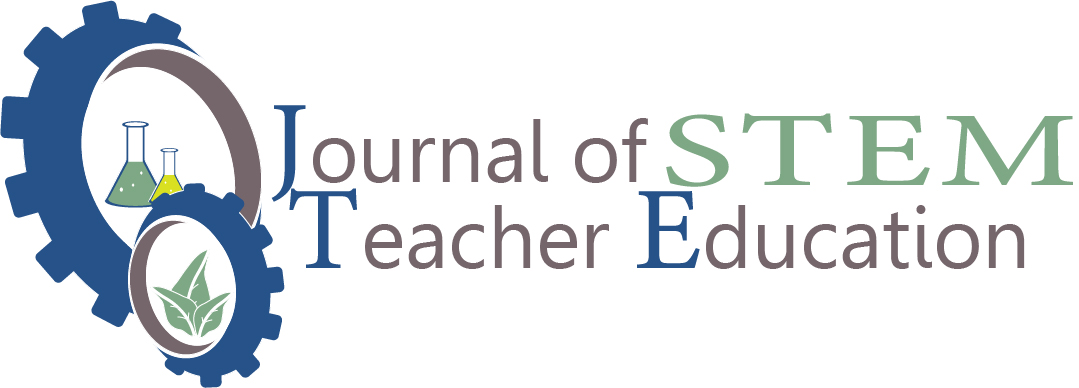
Article Title
Contextual Problem Solving Model Origination
Abstract
Problem solving has become a central focus of instructional activity in technology education classrooms at all levels (Boser, 1993). Impact assessment considerations incorporating society, culture, and economics are factors that require high-level deliberation involving critical thinking and the implementation of problem solving strategy. The purpose of this study was to analyze components, sequencing, and challenges associated with technology education student identification and development of problem solving models that factor societal, cultural, and economic considerations. Additionally, this study investigated individual problem solving strategies concerning methods, solutions, and abilities. This study identified that there is no apparent effect on initial component selection of problem solving modeling whether challenged with environmental or manufacturing issues. Students highlighted problem identification as the initial phase of the developed models. Perception of technology education student problem solving ability is high, but students tend not to vary from prescribed categorical stage models that are commonly demonstrated and used in the teacher preparation program.
Recommended Citation
Ernst, Jeremy V.
(2009)
"Contextual Problem Solving Model Origination,"
Journal of STEM Teacher Education: Vol. 46:
Iss.
2, Article 5.
Available at:
https://ir.library.illinoisstate.edu/jste/vol46/iss2/5

